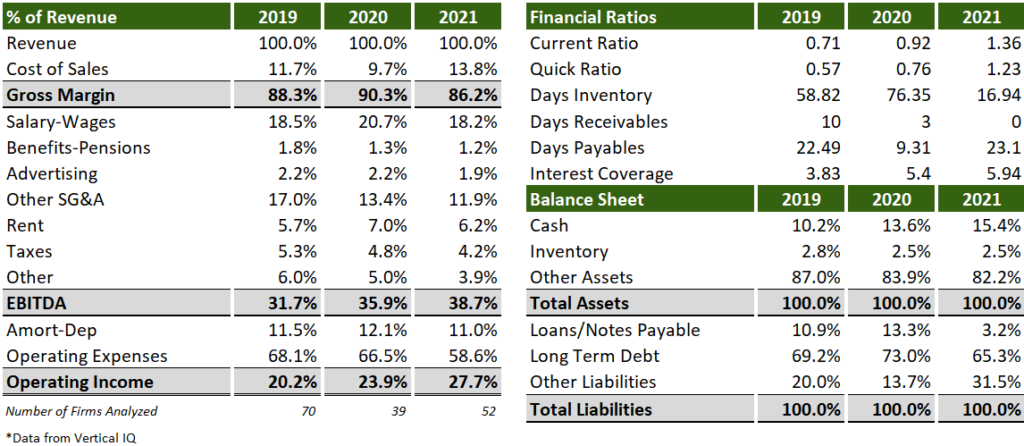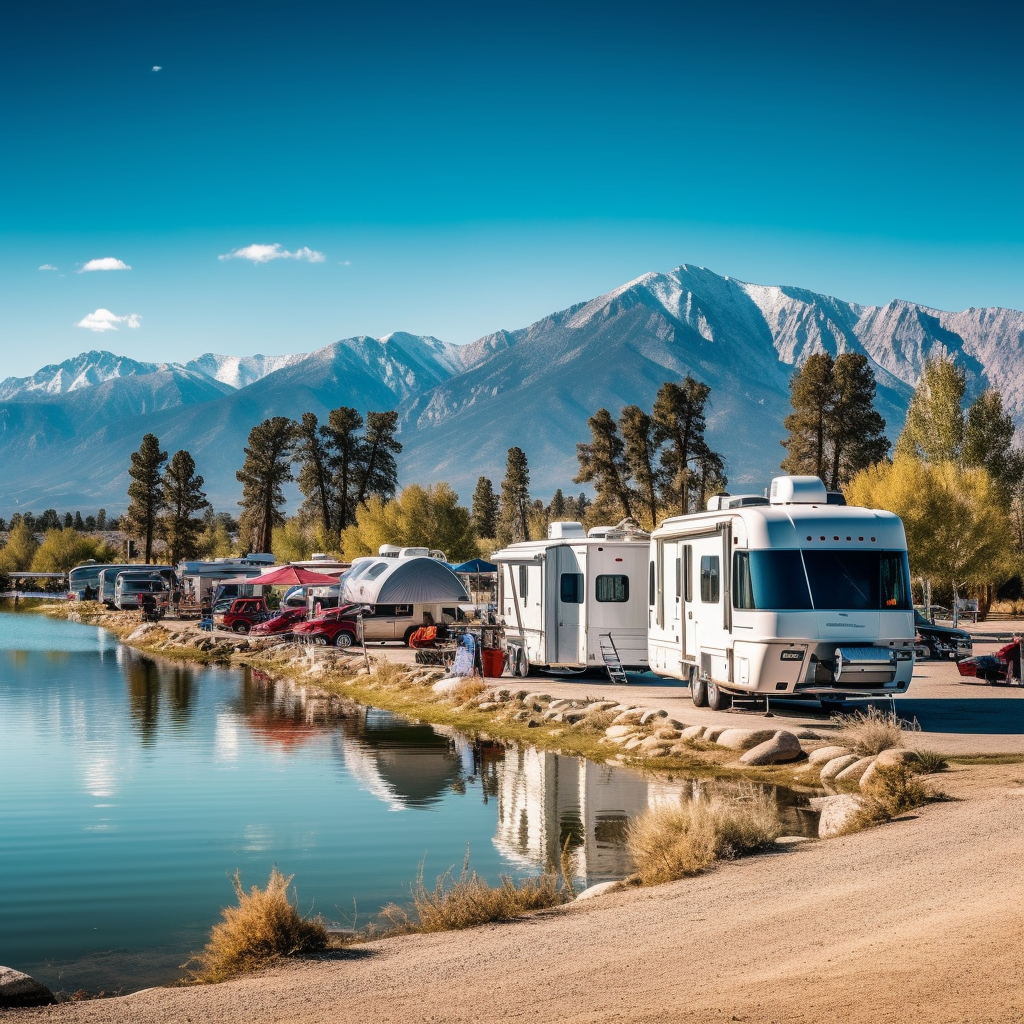What’s in this edition:
- News/Publications to follow
- Financial considerations for your RV/Campground business plan
- Industry metrics for guidelines
Public Information to Follow
Financial Considerations for your Business Plan
Cash flow variability
Campground/RV businesses have unpredictable cash flow, as the length of stay and number of visitors can vary greatly depending on the time of year, weather conditions, and other factors. During peak season, campgrounds can be packed, while they may be almost empty during the off-season. Some businesses shut down during the off-season, but they still have to cover fixed costs. Discounted rates can help offset the effects of seasonality.
The number of sites limits rental revenue. The mix of tent and RV sites also affects sales and profitability. Firms that offer various types of sites charge different rates depending on the type and size of rental space. Tent sites cannot accommodate RVs, and tent campers are generally unwilling to pay higher rates for RV sites. Campground businesses can also earn healthy margins on amenities and ancillary services, such as food service, camping supplies, and recreational rentals.
Cash management challenges
Cash shortfalls due to seasonal demand. RV parks and campgrounds rely on people taking vacations and enjoying the outdoors. So, demand for these businesses is highest during the summer months and around holidays. In areas with cold winters, some businesses may even close for the season. Businesses in tourist areas are especially vulnerable to drops in demand during the off-season. Even if they stay open, they may have to lower their rates and operate with lower occupancy. This can lead to financial difficulties, as they may not be able to generate enough revenue to cover their monthly expenses.
Efficiently processing payments and deposits. RV parks and campgrounds need to be able to handle payments in a variety of ways, including in person, online, and over the phone. They need to be able to track deposits for site reservations and apply them to customers’ rental charges. They also need to be able to quickly process and approve payments via checks and credit cards, especially during busy weekends and holidays. This helps to avoid long lines for check-in and ensures that customers are able to get settled in quickly. In addition, RV parks and campgrounds need to make regular deposits of payments via cash or check to avoid holding too much cash onsite. This is important for security reasons, as well as to comply with banking regulations.
Funding improvements to stay competitive. RV parks and campgrounds are competing with each other, as well as other forms of accommodation and leisure activities, to attract customers. To stay ahead of the competition, many businesses are adding amenities like swimming pools, mini-golf, zip lines, and playgrounds to appeal to families. These new facilities are typically developed during the off-season, when businesses have lower revenue coming in. This means that they need to find ways to fund the cost of the improvements. Some businesses may choose to take out loans, while others may look for investors or grants.
Potential equipment purchases could include:
- Campground Management Software: ~$4,000 – $10,000 A software application that helps campground owners and operators manage their businesses like reservations, Internet bookings, store and park sales, invoicing and membership sales.
- RV Power Outlet Box: $200 – $500 per site A weatherproof electrical receptacle that provides power to RVs and other recreational vehicles.
- Bear Box: $700 – $1,000
- Campground Grill: $100 – $200 per site
Recent Industry Metrics (Companies <$5M revenue)

Highlights from this vertical analysis and financial ratios:
- Days of inventory declined post pandemic related to holding less inventory.
- Days receivable and advertising declined post pandemic due to the increased demand for RV/camp sites.
- Record amounts of cash on hand post pandemic.
If you liked this, subscribe to my newsletter below!
For more information on building financial models see here.
Please contact me here if you found this useful or want more information.

